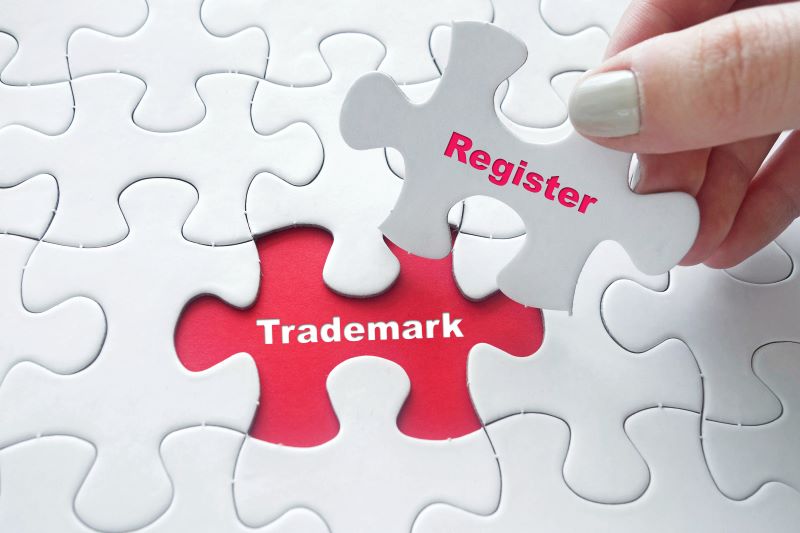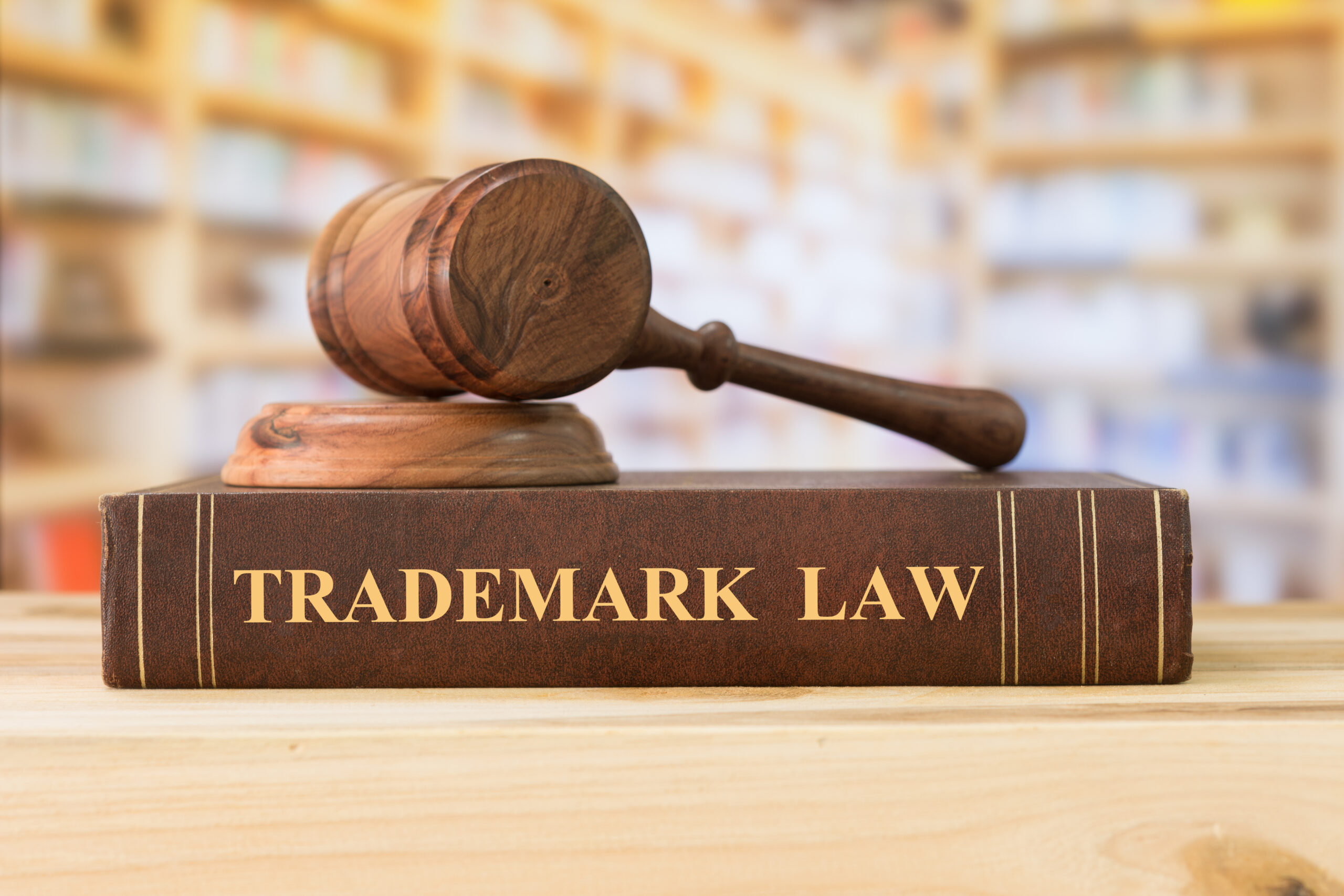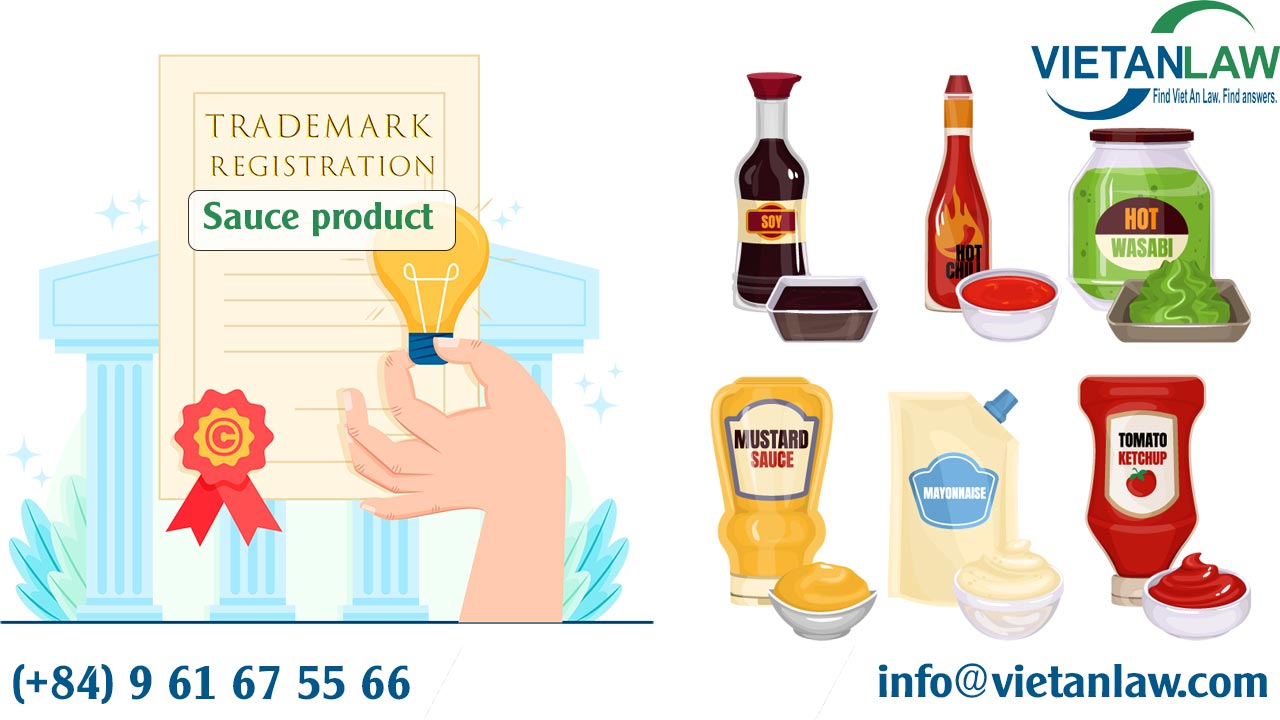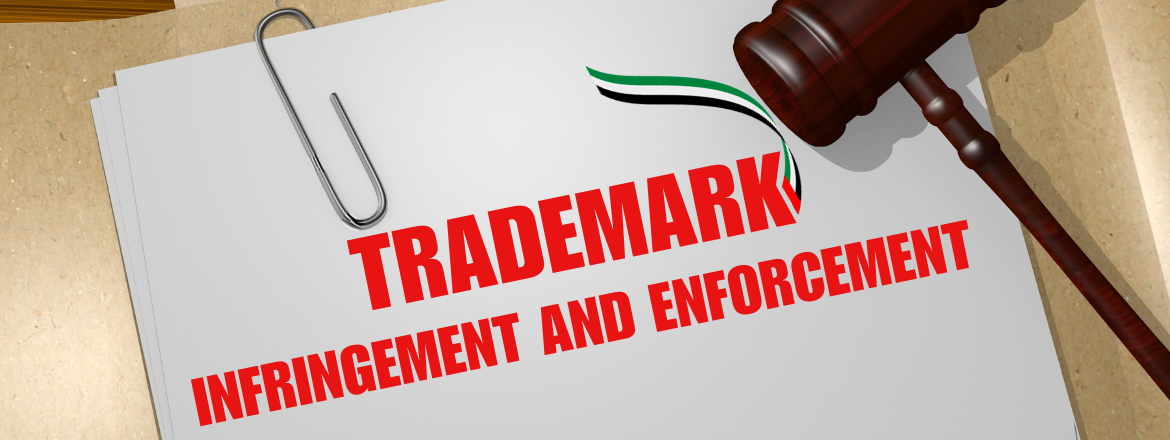Understanding how to register a trademark is a crucial step for any small business owner. A trademark not only protects your brand identity from being used by others but also adds value to your business by establishing your brand’s uniqueness in the marketplace. This guide aims to provide comprehensive insights into the process of trademark registration, the benefits it brings, and the steps you need to follow to successfully secure your intellectual property.
Toc
- 1. Introduction to Trademarks and Their Importance for Small Businesses
- 2. Benefits of Registering a Trademark
- 3. Key Benefits of Registering a Trademark in Detail
- 4. Steps to Register a Trademark
- 5. Related articles 01:
- 6. Real-life Examples of How Registering a Trademark Has Benefited Small Businesses
- 7. Tips for Trademark Enforcement
- 8. Related articles 02:
- 9. Examples of Trademark Infringement
- 10. Conclusion
Introduction to Trademarks and Their Importance for Small Businesses

As a small business owner, establishing a strong brand identity is crucial for your success. One of the most effective ways to protect your brand is by registering a trademark. But what exactly is a trademark, and why is it so important?
What is Trademark?
A trademark is a symbol, word, or phrase that distinguishes your products or services from those of others. It serves as a badge of origin, ensuring that consumers can identify your goods or services amidst a sea of competitors. Registering a trademark helps safeguard your brand, giving you exclusive rights to use your mark and preventing others from capitalizing on your hard-earned reputation. It also gives you the legal grounds to take action against any unauthorized use of your trademark.
Why Trademark is so Important today?
In today’s highly competitive market, it has become increasingly challenging to stand out and differentiate your business from others. A registered trademark can help you overcome this challenge by providing a unique identity that sets your brand apart. It gives your customers the assurance of quality and consistency, making them more likely to choose your products or services over others.
Moreover, with the rise of e-commerce and online shopping, having a registered trademark is crucial for protecting your brand on digital platforms. Without a registered mark, it becomes easier for competitors to use similar branding elements or even copy your entire brand identity, leading to confusion among consumers and potential loss of business.
Benefits of Registering a Trademark

As a small business owner, registering a trademark offers several benefits that can help propel your business forward. Some of these include:
- Protection from Infringement: The most significant advantage of registering a trademark is being able to prevent others from using similar or identical marks that may confuse consumers into believing they are buying from you. This protection extends to not only your specific industry but also related industries, giving you broader coverage.
- Exclusive Use: Once registered, a trademark grants you exclusive rights to use your mark in connection with the goods or services it covers. No one else can use your mark for similar products or services without your permission, giving you a competitive advantage in the marketplace.
- Brand Recognition and Reputation: A registered trademark helps build brand recognition and enhances consumer trust in your products or services. Customers are more likely to choose a brand they recognize and trust over an unknown one, making a strong trademark essential for small businesses looking to establish themselves in the market.
- Increased Business Value: Registering a trademark adds value to your business by making it more attractive to potential investors or buyers. A strong brand with a registered trademark can significantly increase the selling price of your business if you ever decide to sell it.
Key Benefits of Registering a Trademark in Detail

Protecting Your Brand Identity
One of the primary benefits of registering a trademark is protecting your brand identity. Once registered, your trademark becomes a legal barrier that prevents others from using similar marks that could confuse consumers or dilute your brand’s distinctiveness.
Gaining Exclusive Rights
Registering a trademark grants you exclusive rights to use your mark in connection with your goods or services. This exclusivity differentiates your brand, giving you a competitive edge in the marketplace.
Enhancing Brand Value and Recognition
A registered trademark enhances your brand’s value and recognition. Consumers associate your mark with a certain level of quality and trust, making it easier to build customer loyalty and attract new clients.
Utilizing Trademarks as Valuable Business Assets
Trademarks are valuable business assets that can be sold, licensed, or used as collateral for loans. Having a registered trademark increases your company’s overall worth and opens up new avenues for revenue generation.
Legal Protection Against Infringement
One of the most critical advantages of registering a trademark is the legal protection it provides against infringement. If someone uses your mark without permission, you have the legal right to take action and seek remedies, including damages and injunctions.
Steps to Register a Trademark
2. https://viralblogspost.com/mmoga-injury-law-firm-atlanta
3. https://viralblogspost.com/mmoga-work-injury-law-firm
Registering a trademark may seem like an intimidating process, but with the right guidance, it can be a smooth and straightforward process. Here are the steps you need to follow:
Step 1: Conduct a Trademark Search
Before filing for registration, it is essential to conduct a thorough search to ensure that your mark is not already in use by someone else. This can be done through the United States Patent and Trademark Office (USPTO) website or by hiring a trademark attorney.
Step 2: Determine the Appropriate Class(es)
Trademarks are registered under specific classes based on the type of goods or services they represent. It is crucial to accurately determine which class(es) your mark falls under to avoid rejection or potential legal issues in the future.
Step 3: File an Application with USPTO
Once you have completed the necessary research and determined the appropriate class(es), you can file an application with the USPTO. The application can be filed online or by mail, along with the required fees.
Step 4: Wait for Review and Publication
After filing your application, it will undergo review by a trademark examiner to ensure that all requirements are met. If everything is in order, your mark will be published for opposition in the Official Gazette, giving others a chance to oppose its registration.
Step 5: Receive Registration Certificate
If no oppositions are received within 30 days of publication, or any oppositions are successfully resolved, your mark will be registered, and you will receive a registration certificate from USPTO.
Real-life Examples of How Registering a Trademark Has Benefited Small Businesses

- Nike: Nike is a world-renowned brand that has built its success on its famous “swoosh” logo and iconic slogan, “Just Do It.” By registering these trademarks, Nike has protected its brand identity, gained exclusive rights to use them, and established itself as a leader in the athletic apparel industry.
- Tiffany & Co.: The luxury jewelry brand Tiffany & Co. has successfully registered its iconic blue color as a trademark, giving them exclusive rights to use it in connection with their products. This unique trademark has helped build brand recognition and set Tiffany & Co. apart from its competitors.
- Coca-Cola: Coca-Cola’s signature curved logo is one of the most recognized trademarks in the world. By registering this mark, Coca-Cola has established itself as a leader in the beverage industry and prevented others from using similar marks that could confuse consumers.
- Apple: Apple’s bitten apple logo is another well-known trademark that has helped establish the company as a dominant player in the technology industry. Registering this mark has given Apple exclusive rights to use it and prevented others from creating similar logos that could dilute their brand identity.
Case Study 1: Artisan Bakery
A local artisan bakery registered its unique logo and brand name, which led to increased recognition and foot traffic. The bakery also successfully prevented a larger chain from using a similar name, protecting its brand identity and preserving its loyal customer base.
Case Study 2: Clothing Boutique
An independent clothing boutique registered its original tagline and several designs. This move provided the business with exclusive rights and a competitive edge in the market. The boutique expanded its online presence and entered new markets without fear of infringement, leading to significant growth.
Case Study 3: Tech Startup
A tech startup registered its software’s name and logo early in its founding. This strategic decision protected the company against copycats and secured investor confidence. The registered trademark became a valuable asset during funding rounds, showcasing the startup’s commitment to brand protection and growth.
Tips for Trademark Enforcement

Effectively enforcing your trademark rights is crucial to maintaining your brand’s distinctiveness and preventing misuse or infringement. Here are some tips to help you enforce your trademark:
1. Monitor Your Trademark
Regularly monitor the market for any unauthorized use of your trademark. This includes online platforms, social media, retail outlets, and new trademark applications. Utilizing tools such as Google Alerts or professional monitoring services can help you stay vigilant and quickly identify any potential infringements.
2. Issue Cease and Desist Letters
If you discover unauthorized use of your trademark, promptly issue a cease and desist letter to the infringer. This formal letter demands that the infringing party stop using your trademark and may outline potential legal consequences if they fail to comply. Often, this step is sufficient to resolve many disputes without resorting to litigation.
3. Register with Customs and Border Protection
Register your trademark with the U.S. Customs and Border Protection (CBP) to prevent the importation of counterfeit goods. The CBP will monitor and seize counterfeit products that attempt to enter the United States, thereby safeguarding your brand from overseas infringement.
4. Take Legal Action
When necessary, be prepared to take legal action to defend your trademark. This may involve filing a lawsuit to seek remedies, including injunctions to stop the infringing activity, monetary damages, and destruction of counterfeit goods. Working with an experienced trademark attorney can help you navigate the complexities of trademark litigation.
1. https://viralblogspost.com/truck-accident-law-firm
2. https://viralblogspost.com/personal-injury-law-firm-san-antonio
3. https://viralblogspost.com/injury-law-firms-los-angeles
5. Educate Your Team and Partners
Ensure that your employees, partners, and distributors are aware of the importance of trademark protection and enforcement. Provide training and resources to help them identify and report potential infringements. Building a culture of vigilance within your organization can significantly bolster your trademark enforcement efforts.
6. Maintain Accurate Records
Keep detailed records of your trademark use, including advertising materials, sales data, and instances of enforcement actions. These records can serve as evidence to support your claims in the event of a dispute or legal challenge, demonstrating consistent use and protection of your trademark.
7. Renew Your Trademark Registration
Trademark registrations are not indefinite; they require regular renewal. Ensure that you meet all renewal deadlines and maintain your trademark’s active status. Failing to renew your registration can result in the loss of your trademark rights, making enforcement efforts much more challenging.
By following these tips, you can effectively enforce your trademark rights and protect your brand from infringement, ensuring its continued success and distinctiveness in the marketplace.
Examples of Trademark Infringement

Example 1: Counterfeit Goods
A popular example of trademark infringement involves the production and sale of counterfeit goods. For instance, luxury brands like Louis Vuitton and Gucci frequently encounter fake versions of their products being sold both online and offline. These counterfeit products not only harm the brand’s reputation by offering lower-quality items under the guise of authenticity but also result in significant revenue loss for the legitimate company.
Example 2: Similar Logo Usage
Another common case involves companies using logos that closely resemble those of established brands. For example, a small electronics company attempting to use a logo that looks remarkably like Apple’s bitten apple could confuse consumers into believing the products are associated with or endorsed by Apple. This type of infringement dilutes the established brand’s identity and can mislead customers.
Example 3: Domain Name Squatting
Domain name squatting, also known as cybersquatting, occurs when individuals register domain names that are identical or very similar to established trademarks, with the intention of selling them at a profit to the trademark owner. For example, registering “nike-shoes.com” without Nike’s permission and then attempting to sell it back to Nike constitutes trademark infringement. This practice can deceive customers and tarnish the trademark owner’s reputation.
Example 4: Unauthorized Use in Marketing
Companies may sometimes use a registered trademark in their marketing materials without authorization, creating false endorsements or affiliations. For instance, an unauthorized retailer might use Coca-Cola’s logo in their advertisements to attract customers, implying a partnership that does not exist. This can lead to confusion among customers and infringe on the trademark owner’s rights.
Example 5: Similar Product Names
Using product names that are confusingly similar to established brands is another form of trademark infringement. For example, if a new soda brand were named “Koka-Kola,” it could lead to consumer confusion with “Coca-Cola,” given the phonetic similarity. This kind of infringement undermines the established brand’s market position and consumer trust.
By recognizing and preventing these examples of trademark infringement, businesses can better protect their brand equity and maintain consumer confidence.
Conclusion
In conclusion, registering a trademark is a crucial step for small business owners who want to protect their brand identity, gain exclusive rights, enhance brand value, and secure legal protection against infringement. The benefits of having a registered trademark far outweigh the effort involved in the registration process.
Don’t leave your brand vulnerable. Protect your business today. Register your trademark and take the necessary steps to safeguard your hard-earned reputation.
For professional assistance with the trademark registration process, reach out to us. We’re here to help you every step of the way.







Leave a Reply